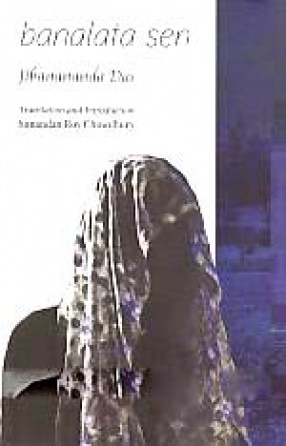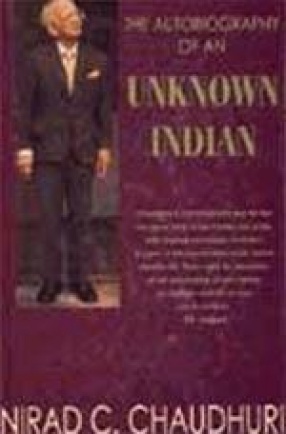The Beauteous Bengal
Synopsis
Poet Rabindranath Tagore wrote to the then rising poet Jibanananda Das, on the 12th March,1937 in the following words: I am glad to read your poems. Which indicate a sense of relish, an individuality and a pleasure of looking around. Prof. Humayun Kabir, a reputed Oxonian and a Poet himself, spoke of Jibanananda as the noblest Bengali poet after Rabindranath Tagore. The Illustrated Weekly of India, wrote in 1985 of Jibanananda as one of our finest poets. The Poet did not receive much attention except during the last decade of his life. But his posthumous fame is growing enormously year after year. These poems are in the nature of sonnets and without being simply individual poems, form a whole together. In the opinion of the poet. “None of these poems are of separate and individual existence, but wholly a body of a complete image. Like the disshevelled nature of rural Bengal. While different, yet they are supplementary to each other.†The Rupasi Bengla (Beauteous Bengali) is not only a unique contribution to Bengali literature but also to world-Literature, because of its fine first-hand representation of Bengal’s natural landscape of unrivalled beauty embracing the entire gamut of man, in sects, birds, beasts, rivers, dales and mountains, tradition and culture, against the world background in the deeper recesses of the poet’s mind. Jibanananda in his portrayal of Bengal in multifarious aspects has shown this rich sensibility in a very high degree. He has been labeled variously-a Nature poet, a poet, historically and socially conscious, asymbolist, a surrealist often difficult, solitary, withdrawn. While each of these attributes may be partially correct, as a totality he is a poet of rich sensibility, of genuine expression. And so, he is a great poet of the modern world.
Read more
5.40
4.86
$
6.00 $
Free delivery Wolrdwidе in 10-18 days
Ships in 1-2 days from New Delhi
Membership for 1 Year $35.00
Get it now and save 10%
Get it now and save 10%
BECOME A MEMBER
Books by the same author







Bibliographic information